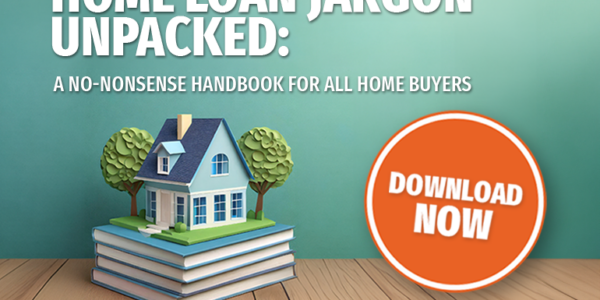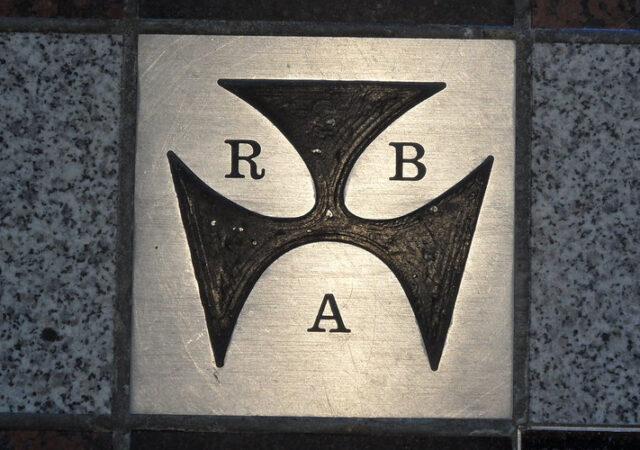Am I offering too little, or too much? Should I match the asking price, or try for less? Figuring out how much to offer on a home can be a tricky process. But if you spend the time working out your budget and researching the property you’re interested in, you can be on your way to making an initial offer with confidence.
Below we outline three steps to consider when determining what to offer on a home:
Step 1: Work out what you can afford
Firstly, it is important to determine your budget from the outset before you place an offer on a property. This could help you avoid spending too much time looking at properties you can’t afford, or taking on a mortgage you are unable to repay. If you’re a first home buyer, it could also be a good idea to research whether you may be eligible for any government grants or other incentives such as the First Home Loan Deposit Scheme.
When calculating how much you will need to save, keep in mind that in the current Australian property market, a minimum deposit on a home loan normally ranges from around 5% to 20% of the property’s value. You will also need to factor in additional fees such as legal costs, building reports and stamp duty, as well as the prospect of Lender’s Mortgage Insurance if you have a deposit of less than 20%. Additional costs will vary depending on your situation, so it is a good idea to consult with a property lawyer about which ones apply to you.
You may also choose to apply for home loan pre-approval, which could be a useful way to understand how much you are eligible to borrow from a lender.
Step 2: Research the property’s worth
Another important step is to complete your due diligence. This means arming yourself with as much information about the property and market conditions as you can, to try and work out whether the home is a good fit for you and what its market value may be.
Some steps in your due diligence may include to:
Consider a property valuation
If the vendor agrees to it, you may be able to obtain a property valuation of the home you are interested in from an independent valuer. A professional valuer can provide a written report that details the approximate market price of the property along with reasoning of how they got to that price. The cost to get a private valuation, as well as the breadth of information provided in a report, will vary, so it may be worth shopping around.
Research the market
You may also get a sense of the market value of a property by researching other similar listings in the area to see what prices they are listed for or what they have recently sold for (this is called comparable sales). You can do this by visiting open homes and speaking with real estate agents, or by checking the sales history of properties with organisations such as Property Value by Corelogic, Domain, Realestate.com.au, or the Price Estimate tool on realestateVIEW.com.au.
It can also be a good idea to research the suburb where the property is located, including checking crime rates, public transport options, planned infrastructure, property value movements over time and local schools. These factors can all influence the overall liveability, safety and value of any property.
Check the condition and risks associated with the home
Knowing more about the condition of a property and the risks it may face could also help you better determine how much to offer. For example, if a property has asbestos, or is sitting in an area that is likely to flood, then you may decide to offer less to account for these issues that are likely to cost you money in the long run. Here are some ways you may be able to gather more information on a property:
– Ask for all supporting documents for the property you’re interested in (e.g. mandatory disclosure statements as per state laws, information about body corporates, current tenancy agreements or leases) and read through them carefully.
– Ask the agent if you can get a building inspection or pest report carried out prior to making an offer. If it is not possible to do so, you could make these inspections a condition of the contract, if they aren’t already. You may also want to request a pool safety report if the house has a swimming pool.
– Take a look at flood maps available from your city council or state government. These maps may shed light on whether the property you are interested in has previously flooded or is in an area prone to flooding.
– Similarly, your state government or local council may have information on whether the property is within a bushfire-prone region. Some bushfire-prone areas have specific bushfire construction standards to meet when building or renovating a home. Check with your state government on whether this may impact you.
– Speak with home and contents insurers to help you determine the potential cost of premiums and whether there are any factors in the area the property is located that may affect this.
Step 3: Find out the vendor’s motivations
When researching how much to offer for a property, another potentially important consideration is the motivations of the person selling the home (the vendor). For example, if a vendor needs extra time to secure a new property to move to, they may look for a longer settlement period (the time between when the contract is signed and when ownership passes from the seller to the buyer). This could then mean they’re willing to wait for an offer that is closer to their asking price and be inclined to take more time in the negotiation process until they have a price they’re satisfied with. On the other hand, if a vendor needs to sell a home quickly, they may be happy with a shorter settlement period and be willing to accept a lower offer.
While you can ask the agent to give you an idea of the vendor’s motivations, they may not necessarily be willing to divulge all of the information you are looking for. As such you may choose to look out for other cues to gauge the mindset of the vendor. For example, if a home is empty with no furniture, this may sometimes indicate the vendor is motivated to sell the property fairly quickly. The amount of time a property has been on the market may also give you a clue to determine whether the vendor wants to sell quickly or is happy to wait for a higher offer.
Once you have a clear amount in mind on what to offer on a particular property, and you are comfortable it is the right choice for you, it will be time to make that offer. Depending on the kind of sale you are involved in, this may involve negotiations between you and the agent, directly with the vendor or bidding at an auction. The information you have gathered on the property can be used in these negotiations to help give you the confidence to make an offer that is in your budget and around what you believe the property to be worth. You may also want to consider contacting a conveyancing lawyer who can provide assistance with negotiating the terms of a contract.
This article is written by Canstar. The original copy can be found here.




























Trending